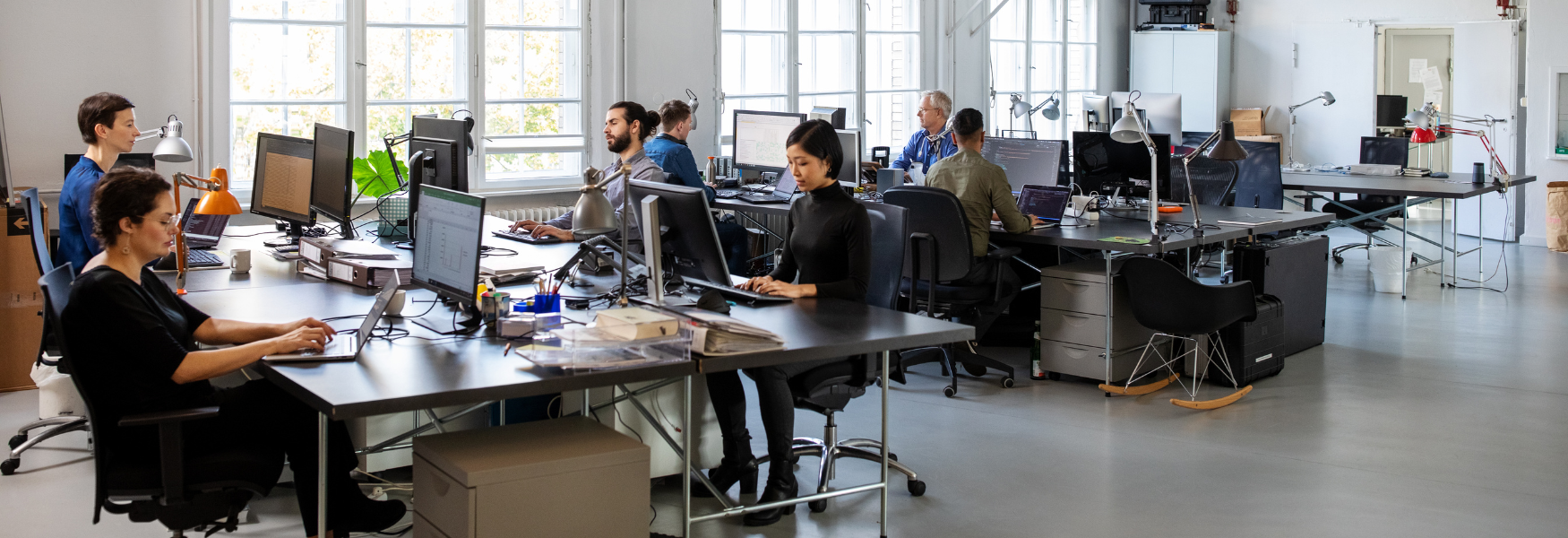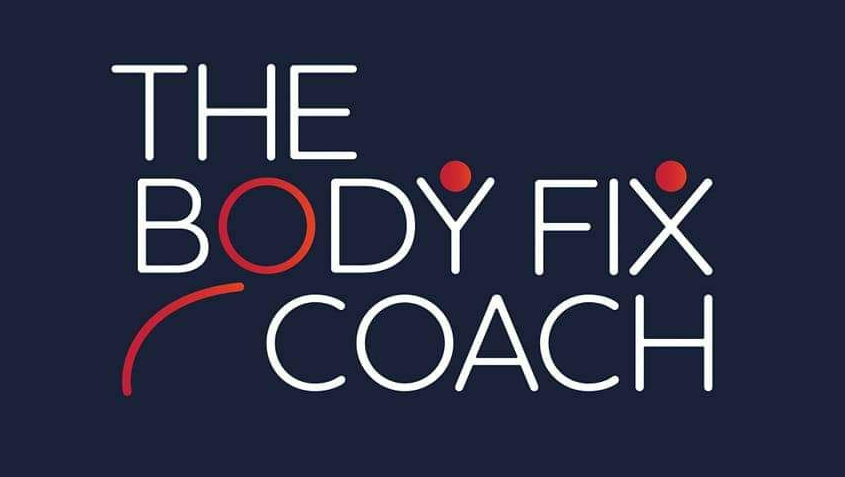Desk Job Pain

The world has certainly changed in the past two years. With more people now working from home at what cost is this on the human body? Before the pandemic struck there was certainly more movement in each person’s day. A commute to work whether that was by foot or just getting from their vehicle and walking to the office.
From my own experience, I went from walking 15k steps a day to less than 300 at one point. I remember sitting at my kitchen table about 2 months in and noticed pains in my body that weren’t there before. What had happened?
It’s a huge conversation but in short, the body just isn’t designed to sit. If you look at the human body when we are born, then we all mostly have a J-shape spine.
But with sitting and moving away from the primal squat position, over time sitting will alter our spine to form an S-shape. And therefore, there are so many problems with lower back pain. Not only lower back pain but there can be several dysfunctions that can occur in the human body – all from sitting!
Around two years ago, after many years of studying Strength and Conditioning. I wanted to go deeper into the body as a whole. Biomechanics, movement and Anatomy have always fascinated me.
And being a bit of a geek with the human body I decided to study Human movement science. A human movement specialist could be compared to a therapist. And there are parts where integrated manual therapy can be applied.
But an overview is that we look for dysfunction of the body. We use movement as medicine. Fixing dysfunction, compensation patterns, imbalance, mobility, flexibility, just to name a few benefits.
This can be done from one exercise that shows movement across the body and with the changing world I have been able to do this over Zoom.
Over the last year, I have had plenty of ex-athletes come in with pain that has been present for a long time. With no resolve despite seeing physiotherapists, Chiropractors and taking medication. If we can find the root cause of the problem, then it’s likely that the rest can be resolved.
My client Ed told me that it was literally the last roll of the dice. He had tried several solutions, but it never progressed past a couple of days of relief. He had a double knee reconstruction from his Rugby playing days. Which had led to back problems since switching over to a desk job and long hours. This was stopping him from sleeping comfortably and even enjoying chasing his kids around. Always conscious of making things worse than having to manage pain.
After our initial consult, he joined my 6-wee body fix program. And was out of pain in less than three weeks! 12 months later at the time of writing this article he’s lifting weight comfortably with zero pain, can sleep sound and chase his kids with no worries!
My view on pain is that prevention is always better than cure. It’s about education and being aware of what the problems and possibilities could be. But with most jobs being sat down for long days this can have a huge impact on the body. Slow torture to the body. If we sit for long periods, then the body alters to adapt to what we give it. We were all born with the ability to use our bodies to sit. Just look at children when they sit whilst playing, A perfect squat position. And I have seen a lot of people who have forgotten how to use their bodies. The problem is the world has come a long day since the caveman days. Sitting at a desk is easier than the other way. I would like to think that the world hasn’t become lazy, but it seems we are looking for the easy solution to problems -Hacks!
When we sit for long periods this can have dramatic effects on the pelvis and surrounding muscles that move the pelvis. Shortened hamstrings, weak abdominals and glutes, hyperextension in the lumbar spine, tight and shortened hip flexors. Posterior and anterior pelvic tilts are common. The imbalance of the pelvis leads to pain and problems.
Another common problem from sitting at the desk is turtleneck syndrome (forward head posture). This can lead to cervical and shoulder pain, headaches and thoracic hyperkyphosis. The cause originates from being too dominant in the front (anterior) of the body and the back (posterior chain) becomes weak win certain muscles and overactive muscles can also become present. Most people would think to stretch the neck and back but that would not be the solution.
If you take a piece of blu-tack and keep stretching it, then eventually it will snap. The same applies to your muscles. They are already stretched from the shoulders and neck going into this forward head posture. The key is to release and lengthen the muscles in the anterior plane. Pectoral minor and major (chest muscles), Subscapularis (rotator cuff), the scalene muscles of the neck, and perhaps look the abdominal area, as this is usually tight because the ribs are pulling down connected with the tightness above.
And then activate and strengthen the muscles on the posterior chain. The Trapezius (upper and lower), Rhomboids and rear deltoids are usually the ones that need the most work. But in any case, an assessment would be best to determine any dysfunction.
There are many problems that sitting can bring on in posture. Generally, in my experience, most dysfunction starts in the pelvis and spreads throughout the chain of the body. Pain will often present itself in the weak areas of the chain.
According to research, 30 per cent of all American deaths are caused by inactivity.
But for most people, time spent at their desks sitting for long periods of time is a big part of the problem, but that’s just the norm for most people. My guidance would be to invest a little time each day to work on mobility and flexibility. Five to ten minutes a day can go a long way to the prevention of problems down the line. Taking regular breaks away from the desk and being aware of your posture whilst sitting is also key.
I believe that there is not much in the way of regulations for people in the workplace and how they sit. But this is more of an education part that workplaces could bring in to help reduce Musculoskeletal related problems and time off work. In 2019 Musculoskeletal concerns was the second-highest, after mental health for lost time. Which cost employers billions of pounds.
There are always choices to be made by people and how they choose to work. If we look at the past five years, we could say that the nation has become lazier and more reliant on internet services, where everything can be ordered at the click of a button. The science of the human body will always be the same. And it’s down to the individual to be educated on a healthier way of working. But some responsibility must be undertaken by employers if they want to see a decline in lost time due to those concerns.
For people who have no choice but to sit for long periods my top 10 tips are.
- Take regular breaks. Stand up and move around.
- Drink water, hydration is important and if we become dehydrated then we are more likely to become lazy in posture
- Buy a small resistance band. There are plenty of stretches and mobility exercises you can do at your desk to help.
- Make time in the morning and after work. Incorporate some movement activity into your day to help prevent problems from arising.
- Be aware. Notice how you are sitting at your desk. Try and stay in an upright posture as much as possible.
- Set your desk up properly. Try and get your desk set up so that posture is more manageable throughout the day.
- Walk and talk. Try taking some of your calls whilst walking. This helps to build more energy and gets you away from the screen.
- Stand up desk. Invest in a stand-up desk. Sitting simply is no good for your body long term.
- Don’t let the pain continue. If you are in pain, then seek help. Pain is a warning sign that you need some attention before it gets worse.
- Pay attention to the posterior chain. The back of the body is important, yet often neglected. Adding strength exercises into your day can make a huge difference.
We see a lot of companies offering benefits such as free gym memberships. But not many will take the offer up. Some have occupational health, but again this is a cure, not prevention. Employers could offer so much more to help. Having a dedicated professional coming in to educate and implement a program for awareness would go a long way.
Education is what people lack. If someone is not aware of the problem then before they know it, it is too late. Old habits are hard to break, but it is possible to overcome and install new habits into our hardwiring in the brain.
Everyone could benefit from working with a coach. It’s the same in any situation. A coach can see what the problems are individually and on a wider spread too. The most common problems will go across the entire company.
With the recent pandemic and more people now working from home, this gives more issues. Some aren’t set up for ideal working conditions. Many people work from a kitchen table or just don’t have the office space required. So, having some sort of program in place to help educate and spread awareness would go a long way.
As the body ages, we can compare it to our vehicles. They simply require more attention. It really doesn’t matter what age you are. It’s just sorting out those dysfunctions in the body. We are more suspectable to other problems such as arthritis, so taking extra care of the body is essential as we age.
The good news in today's modern world is that there are plenty of apps available on our mobile devices to help with exercise. MobWod is a great one that really helps to improve posture, mobility and flexibility.
If we can improve our posture, then productivity will increase! Pain in the body will always take that productivity and energy away from us. If you committed to just 5-10 minutes a day on improving your body posture, mobility and flexibility then keeping this pain away would bring huge results

James Bacon
The Body Fix Coach


Comments